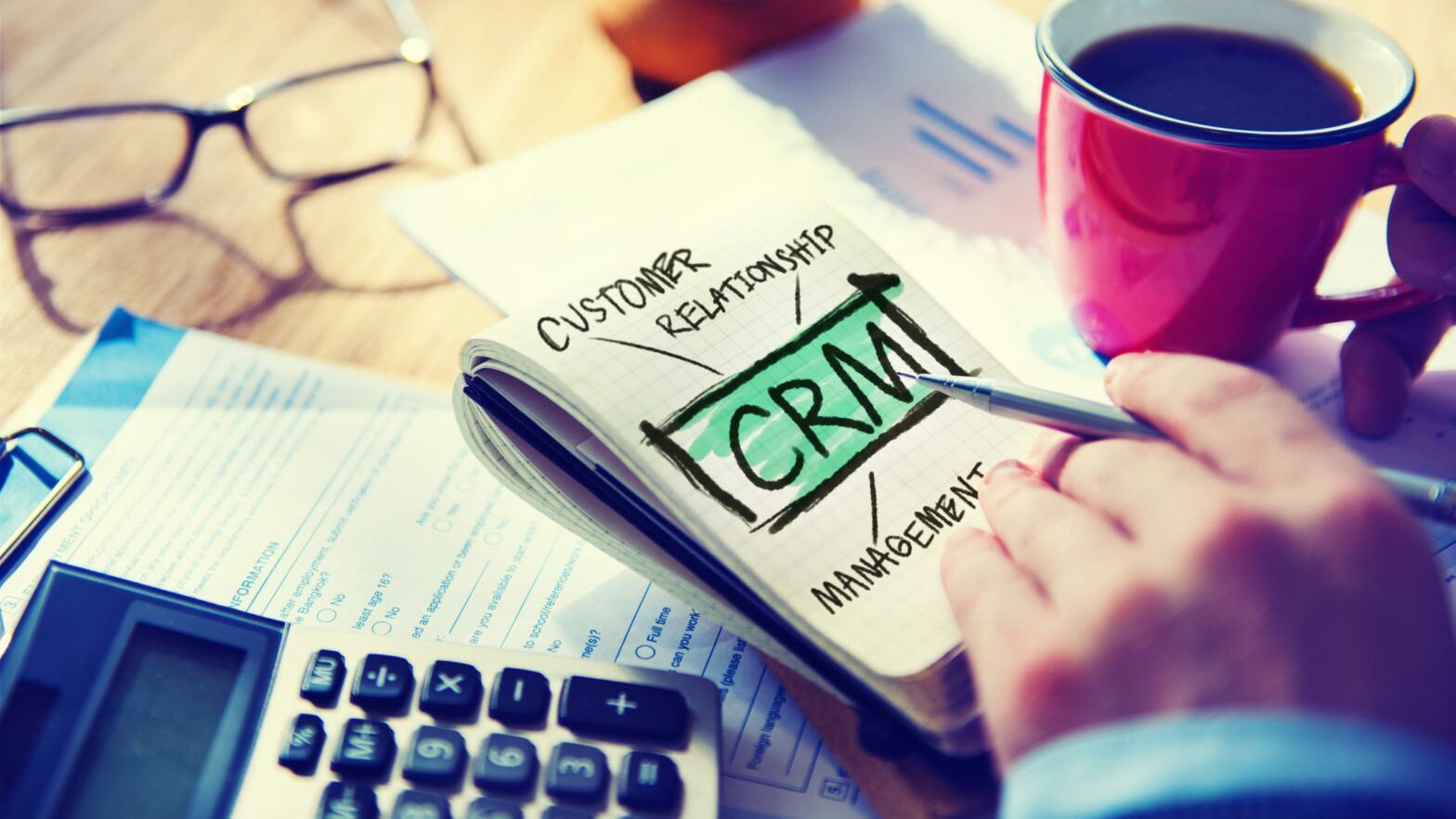Small businesses everywhere use Pinterest to help them grow their business and increase their bottom line. Why? Because people’s mindset on Pinterest is different than it is on other platforms. People come to Pinterest to decide what to try or buy next. In fact, 95pc of Pinners state that Pinterest inspires them with ideas for their life and 91pc of Pinners say that Pinterest helps them achieve their goals — that’s some serious marketing potential.
Today, more than 300 million people around the world use Pinterest, a visual discovery engine, each month to create a life they love. With more than 97pc of top searches on Pinterest unbranded, Pinners are in the mood to buy, which makes it possible for businesses to be discovered by people who may not know exactly what they’re looking for when they’re in discovery phase.
>See also: Top digital marketing trends for 2019
This particularly empowers small businesses, as it enables them to be more visible and attract new audiences.
For advertisers, Pinterest tries to make ads as relevant as organic content and show people the right ad at the right time. In fact, 83pc of weekly Pinners say they have made a purchase based on content they saw from brands on Pinterest (GfK, Pinterest Path to Purchase Study, Nov 2018).
>See also: From packaging to Pinterest – what makes an effective brand in 2018?
In the UK, many small businesses are already using Pinterest to reach people looking for inspiration.
Anita Grant, a natural cosmetics brand, is a UK small business which has been successful advertising on Pinterest. Interested in natural beauty products, founder Anita Grant began mixing her own blends after work in her kitchen. Anita used Pinterest to research which products were out in the market before launching her business and what trends resonated with consumers for inspiration in developing her own products. Anita has experienced a 3.5pc conversion rate from ads she’s placed on Pinterest, higher conversions than on other social platforms.
Pinterest says that in the UK, people are saving nearly five million ideas each day on Pinterest.
To make the most of Pinterest as small business, here is a step-by-step guide to help get you started:
Set up your Pinterest business account
It’s free and only takes a few seconds. You should then claim your website to unlock pro tools like Pinterest Analytics to see what organic and promoted pins get the most engagement as well as how much traffic your website gets. Be sure to claim your other accounts on Pinterest too, like Etsy, YouTube and Instagram to get attribution on all the pins which people are saving from these sites. A business profile will also give you access to audience insights to help you identify what your audience is interested in and inform your content strategy.
Install the Pinterest Save button
Once you add the Save button to your website, visitors can easily save your images to Pinterest. That means they’re showing interest in your brand — and then other Pinners can see your content too. You can also connect RSS feeds to your Pinterest business account to automatically create pins from the content on your website.
Start pinning
Create pins that link to your website every week to give your followers more chances to engage with your brand and boost your organic reach. You can schedule pins up to two weeks in advance. Pinterest has made it easier for businesses to create pins with its revamped pin-creation tools, including the ability to choose from pre-set aspect ratios of an image, crop and add text and logos. Successful pins are high-resolution and high-quality – busy shots don’t resonate well.
Video pins also help increase engagement by providing users with helpful and actionable content. Pinners are 53pc more likely to purchase a product after seeing a video on Pinterest, compared to videos on other media platforms (Talk Shoppe, Value of Video on Pinterest Study, Dec 2018).
And, if you have a product catalogue, upload your products with Pinterest Catalogs and turn products into dynamic product pins which show up-to-date pricing, availability, and product description on pins from your website so Pinners can shop your brand.
Optimise for search
Write search-friendly titles when creating your pins. Spend time writing descriptions for each of your pins: these should include important, relevant keywords. You can even add a handful of relevant hashtags to help Pinners discover your pins. Categorising your boards also helps with Pinterest search optimisation. Make sure your board titles are specific, relevant and contain strong keywords.
Think like a Pinner
Pinners are planners, people come to Pinterest to look for ideas before an activity, event or life moment so it’s helpful to stay ahead of the curve. Use this to your advantage by creating Pins that are relevant to upcoming trends, seasons and holidays around 45 days early.
Key Pinterest metrics
Your monthly viewers indicate the number of people who saw your pins in the last 30 days. This includes all pins you saved to Pinterest, plus any pins other people saved from claimed website and accounts. It’s a 30-day rolling number so can go up or down each day depending on how your pins are performing. Pin stats are an easy way to see how your pins are performing at a glance with impressions, close-ups, clicks, and saves, as well as which boards your pins are being saved to on Pinterest.
Promote your content
Pinterest has made it easier to fit advertising on the social media platform into a small business owner’s busy schedule. Small businesses can set up a promoted pin in as little as nine seconds by using the new Promote button when creating a Pin or viewing it on their profile. They can also create ads on the go using Mobile Ad Tools, a feature which gives small businesses the ability to easily create and manage Pinterest ad campaigns on a mobile device.
Install the Pinterest Tag
With the Pinterest Tag, small business owners can easily track actions people take on their website after seeing Promoted Pins through the self-serve tool Ads Manager. SME owners can learn which ads lead to more conversions and how people engage with their website.
Harold Klaje is head of global growth and SMB sales at Pinterest






